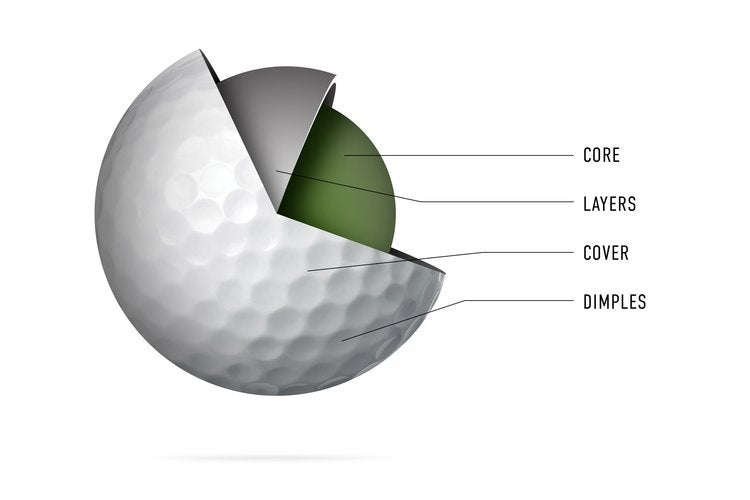
What's Inside a Golf Ball?
Introduction
Ever found yourself in the middle of a golf game, staring at that tiny, dimpled ball and wondering, 'What on earth is inside this thing?' Well, you're not alone. Many golfers, both seasoned and newbies, have pondered this question at some point.
The humble golf ball, though small in size, is a marvel of engineering. It's not just a simple sphere but a complex structure designed to optimize performance on the golf course. The composition of a golf ball can significantly influence its flight and spin, making it a critical factor in the game.
In this article, we're going to dissect the golf ball, peeling back its layers (literally!) to reveal what's inside. From the outer cover to the inner core, we'll delve into each component, shedding light on its purpose and how it contributes to the overall performance of the ball.
So, buckle up, golf enthusiasts! It's time to embark on a fascinating journey into the heart of a golf ball. Whether you're a curious beginner or a golf pro looking to up your game, this exploration promises to be an enlightening experience. Let's get started!
History of Golf Balls
Let's tee off with a quick trip down memory lane. The humble golf ball's journey, believe it or not, began with humble beginnings. The first 'golf balls', used in the 14th century, were nothing more than wooden spheres.
As the game evolved, so did the ball. By the 17th century, the 'featherie' took center stage. These were leather pouches stuffed to the brim with bird feathers. They were a significant upgrade, but still left a lot to be desired.
Then, in the 19th century, along came the 'guttie'. Made from gutta-percha, a type of rubber, these balls were a game-changer. They were easier to produce, more durable, and their performance was leaps and bounds ahead of the featherie.
The 20th century saw the introduction of the 'balata'. These balls had a rubber core wrapped in balata, a sap-like substance. They offered superior performance and quickly became the standard.
In today's world, we're hitting 'two-piece' or 'multi-layer' balls. These modern marvels are a far cry from their wooden predecessors. They're designed with a focus on distance, control, and spin.
So, there you have it - a brief history of the golf ball. From wooden spheres to high-tech designs, it's been quite the journey!
Materials Used in Golf Balls
First off, let's talk about the core. This is the heart of the ball, and it's typically made from a synthetic rubber compound. This rubber is designed to be highly resilient, allowing the ball to 'spring' back into shape after being struck. This resilience is what gives the ball its distance.
Next up, we have the inner layer or mantle. This is often made from a material called ionomer resin. This layer is crucial as it helps to control the spin of the ball. Some golf balls even have multiple mantle layers, each with different characteristics to help improve performance.
Then, we have the cover. This is the outermost layer of the ball, and it's usually made from either Surlyn or urethane. Surlyn is a hard, durable material that's resistant to cuts and scuffs. It's typically used in beginner balls due to its high resilience.
Urethane is a softer material that provides more spin and control, making it the preferred choice for tour-level balls.
Lastly, let's not forget about the dimples. These little indentations on the surface of the ball are crucial for its aerodynamics. They help to reduce drag and increase lift, allowing the ball to fly further and straighter. The size, shape, and pattern of the dimples can all vary, adding another layer of complexity to the humble golf ball.
So, there you have it! The humble golf ball is not so humble after all. It's a complex piece of equipment, carefully engineered to help golfers get the most out of their game.
The Core of a Golf Ball
Ever wondered what's at the heart of your golf ball? Well, let's dive in and dissect the core of these fascinating spheres.
First off, it's essential to understand that the core is the engine room of a golf ball. It's the powerhouse that propels the ball forward, dictating its speed, distance, and spin.
Now, onto the nitty-gritty. The core of a golf ball is typically made of synthetic rubber, but not all cores are created equal. They can be categorized into two main types: solid and wound.
- Solid cores are the most common in modern golf balls. They're made of a large, solid piece of rubber, often infused with other materials like titanium or plastic. The advantage of solid cores is their durability and consistency. They're designed to withstand the force of a powerful swing and still maintain their shape.
- Wound cores, on the other hand, are a bit of a throwback. They consist of a small rubber sphere, around which hundreds of rubber strands are tightly wound. This design was once the gold standard in golf balls, prized for its superior spin and feel. However, wound cores are less durable and more expensive to produce, so they've largely been phased out in favor of solid cores.
But wait, there's more! Some golf balls have a dual core, with an inner and outer core. The inner core is typically softer, designed to provide a high-energy return when struck. The outer core is firmer, helping to control the spin rate. This dual-core design aims to offer the best of both worlds, maximizing distance while maintaining control.
In a nutshell, the core of a golf ball is a marvel of engineering, designed to optimize performance on the golf course. Whether solid or wound, single or dual, the core is the beating heart of every golf ball, driving it forward with each swing.
The Cover of a Golf Ball
Ever wondered what gives a golf ball its unique appearance? Well, it's all about the cover. The outermost layer of a golf ball, often referred to as the 'cover', plays a pivotal role in determining the ball's performance.
Now, let's delve into the nitty-gritty. Golf ball covers are typically made from one of two materials: Surlyn or urethane.
- Surlyn, a highly resilient material, is favored for its durability and resistance to cuts and scuffs. It's a hardy chap, so to speak. Golf balls with Surlyn covers tend to have a lower spin rate, making them a popular choice for beginners and high-handicappers who are more focused on distance and less on control.
- Urethane, on the other hand, is a softer material that offers a higher spin rate. This gives players more control over their shots, particularly around the greens. However, this increased performance comes with a trade-off: urethane-covered balls are more prone to wear and tear. They're like the high-performance sports cars of the golf ball world - great to drive, but require a bit more TLC.
But wait, there's more! The cover of a golf ball isn't just about the material it's made from. The design of the cover also plays a crucial role. You've probably noticed the dimples on a golf ball - those aren't just for show. These small indentations help to reduce drag and increase lift, allowing the ball to fly further and with more stability.
In a nutshell, the cover of a golf ball is a marvel of engineering, designed to balance durability, performance, and aerodynamics. So, next time you're on the green, spare a thought for the humble golf ball cover - it's doing more work than you might think!
The Dimples on a Golf Ball
Ever wondered about those tiny indentations on a golf ball? Well, they're not just for show. These little divots, known as dimples, play a crucial role in determining the ball's flight path.
Let's dive right in and unravel the mystery behind these dimples.
First off, dimples increase the lift and decrease the drag on a golf ball. This is due to the Bernoulli principle, which explains how air pressure varies with the speed of airflow. When a golf ball is in flight, air flows more rapidly over the top of the ball than the bottom, creating a lower pressure area on top. This difference in pressure results in an upward force, or lift, which helps the ball to stay airborne longer.
Secondly, dimples also affect the ball's spin. A smooth golf ball hit by a professional golfer would only travel about half as far as a golf ball with dimples does. The dimples create turbulence in the layer of air next to the ball, reducing drag and allowing the ball to fly further.
In a nutshell, those tiny dimples are the unsung heroes in a golf game. They're the secret sauce that gives your golf ball its flight and distance. So, the next time you tee off, give a little nod to the humble dimple!
Conclusion
Well, folks, we've reached the end of our journey into the heart of a golf ball. Who'd have thought there was so much going on beneath that dimpled exterior? It's not just about the hard shell and the rubber band core, there's a whole world of science and engineering at play.
- The materials used, from Surlyn to urethane, each have their own unique characteristics that influence the ball's performance.
- The design of the dimples, believe it or not, plays a crucial role in the ball's flight.
- Even the number of layers in a golf ball can make a significant difference to how it behaves on the golf course.
In a nutshell, the humble golf ball is a marvel of modern engineering. It's a testament to the ingenuity of those who strive to perfect even the smallest details of the game we love. So, next time you tee up, take a moment to appreciate the magic encapsulated in that little white sphere. After all, it's not just a ball, it's a symphony of science, design, and technology, all working together to help you make that perfect shot. Until next time, keep swinging!

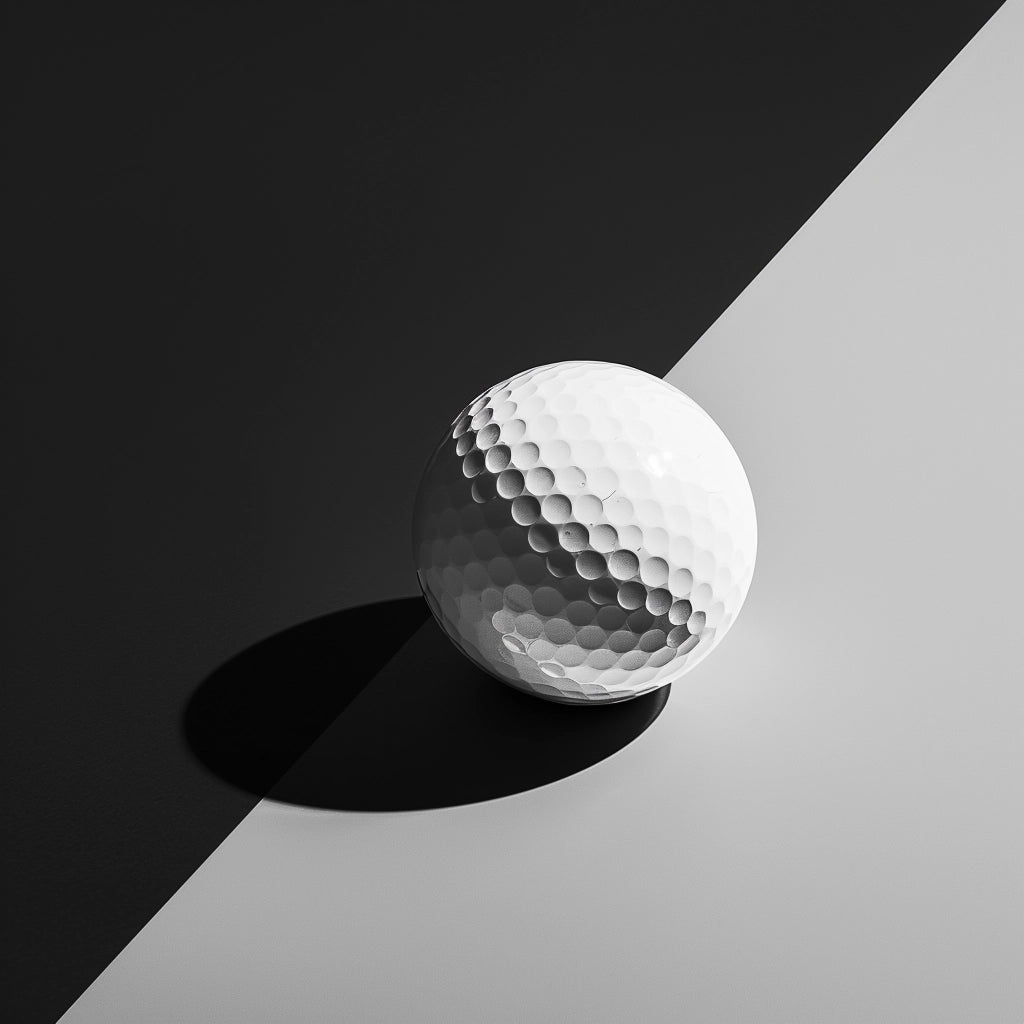

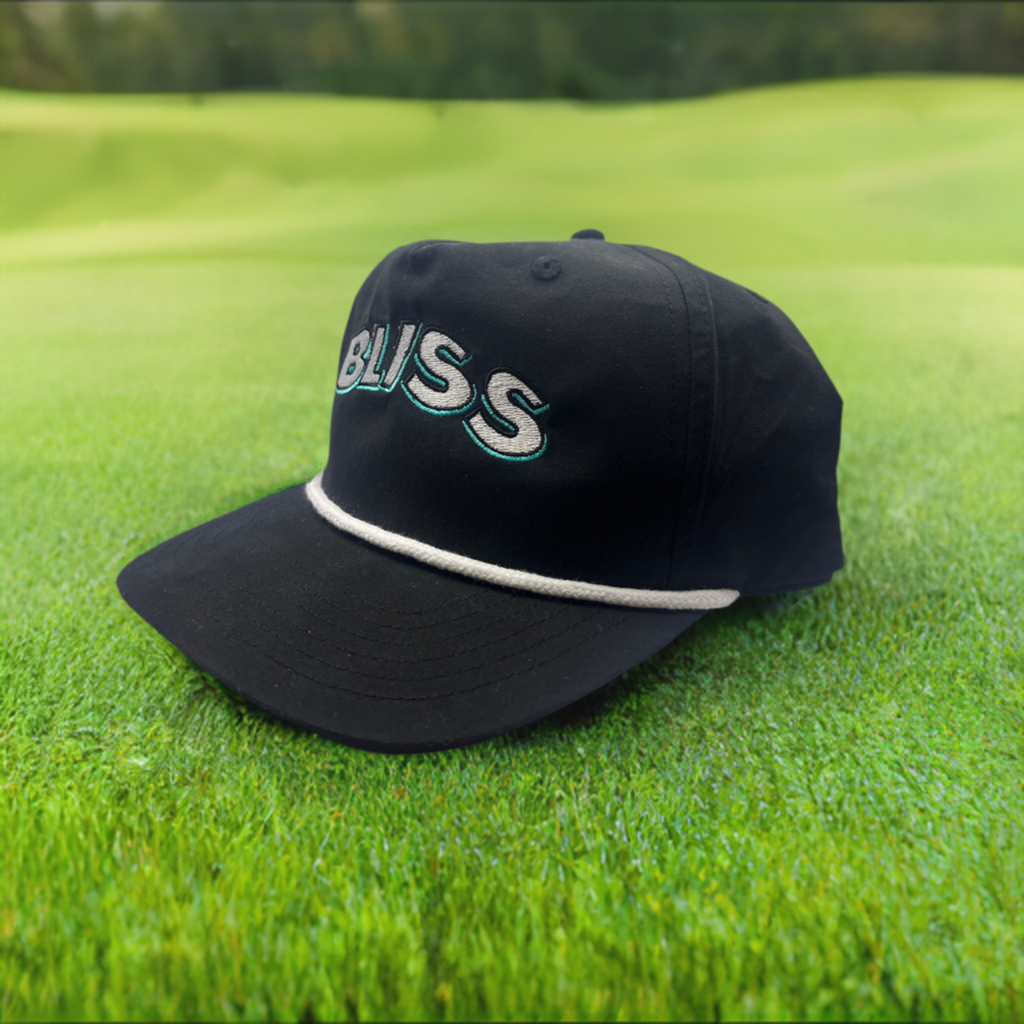
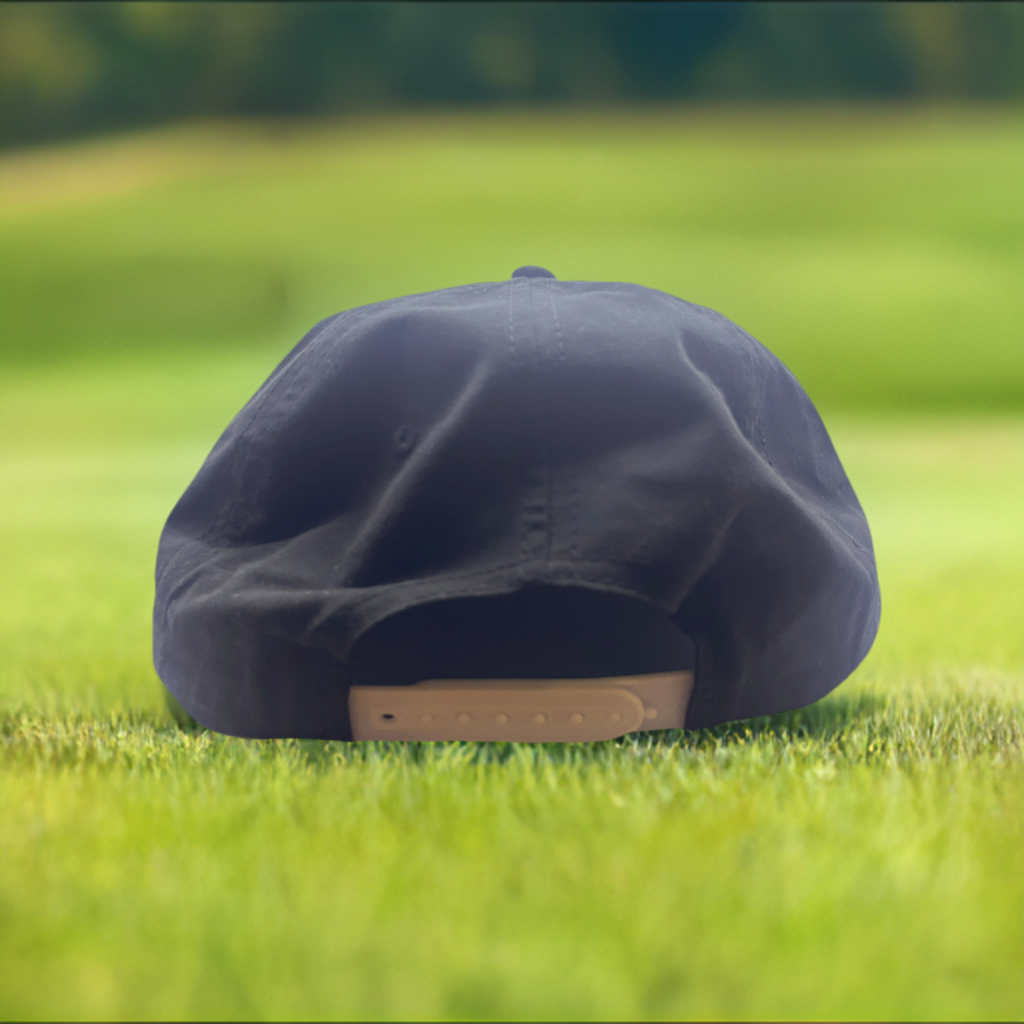
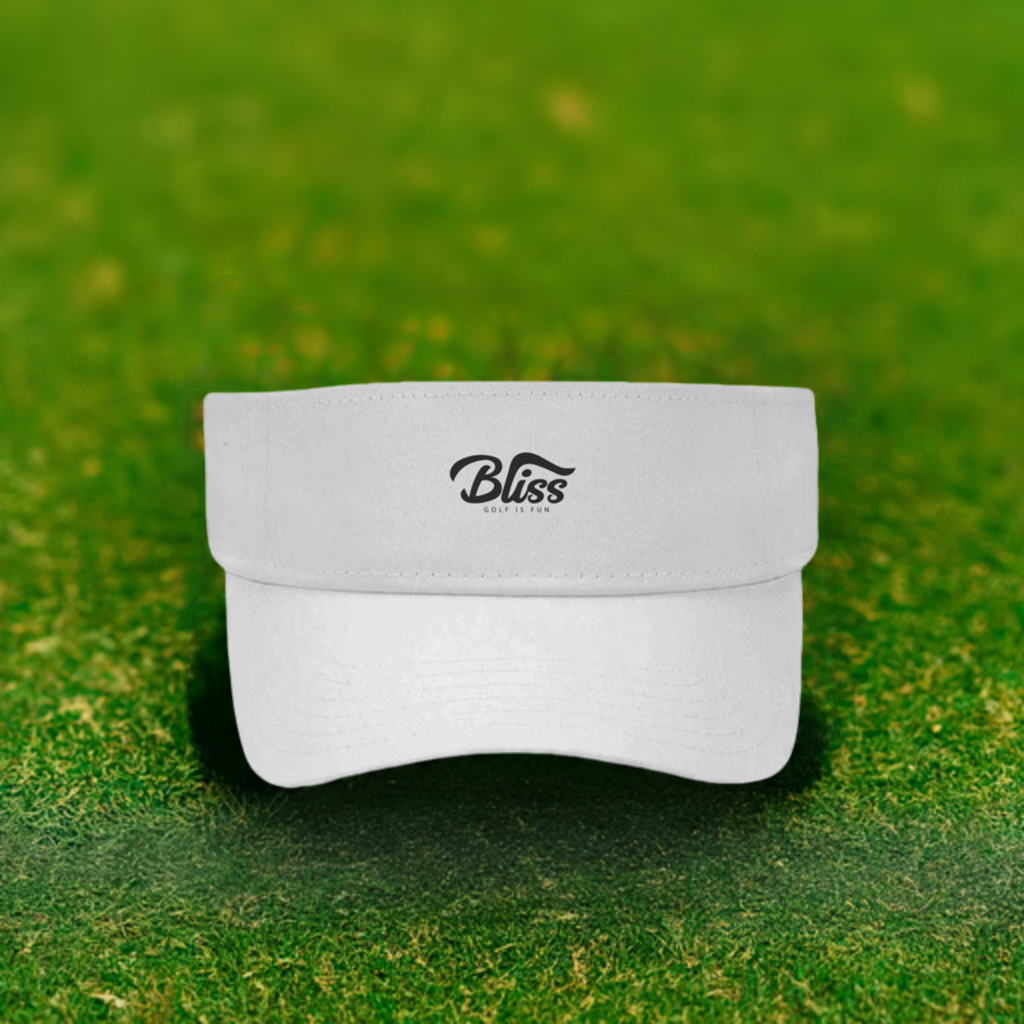
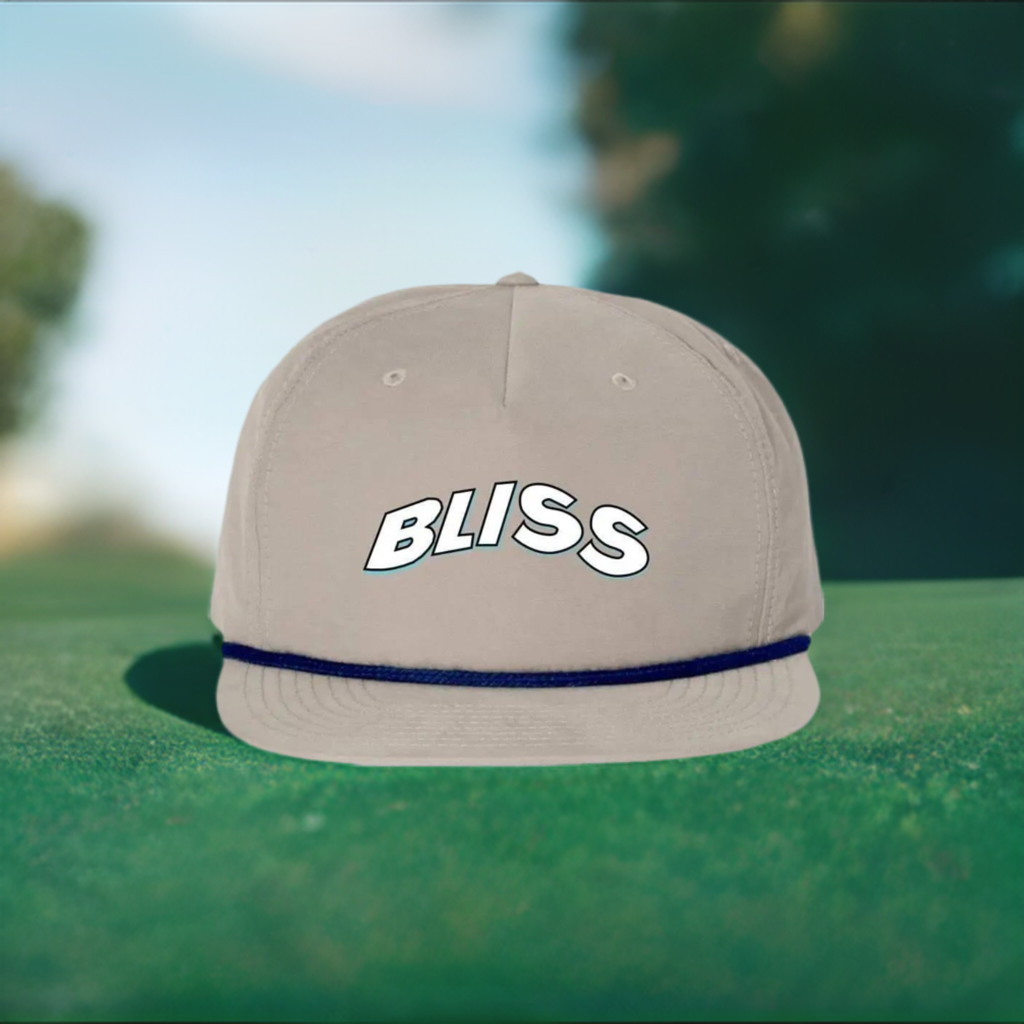
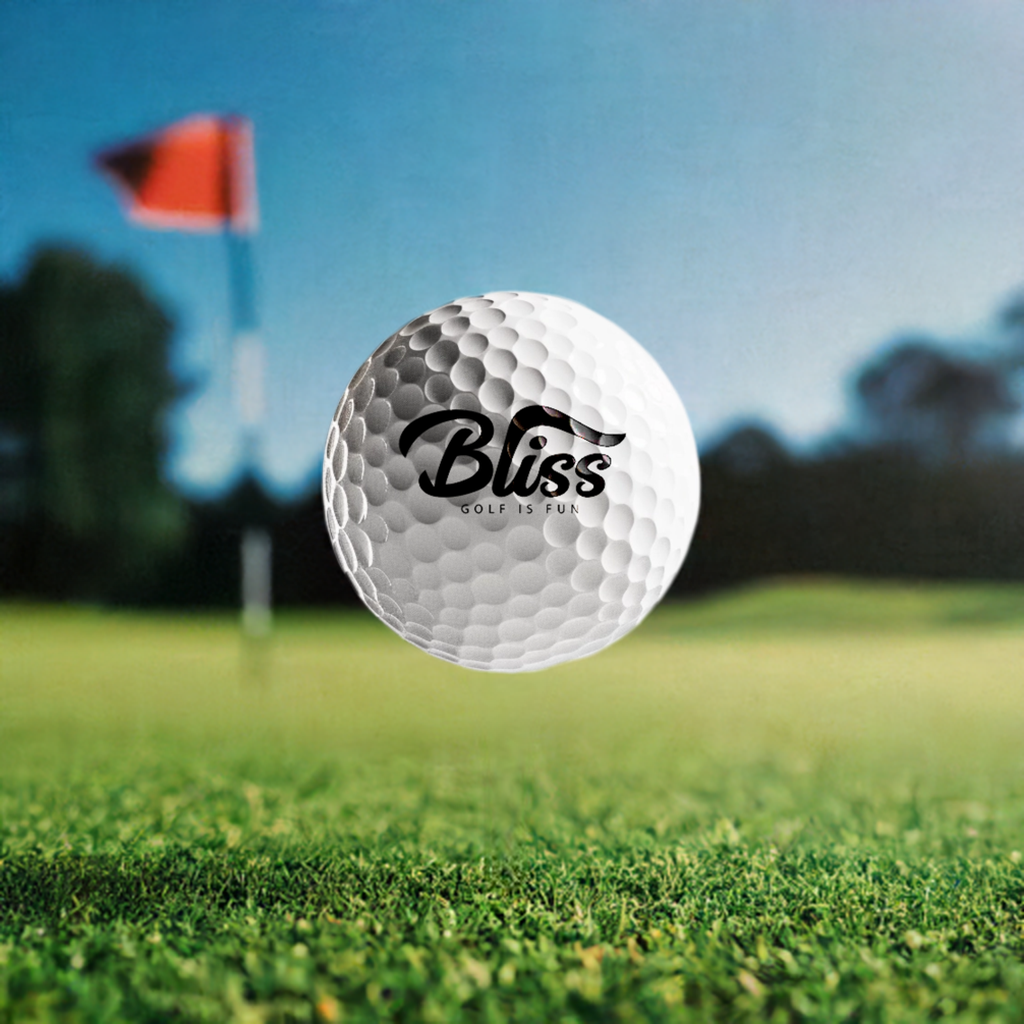
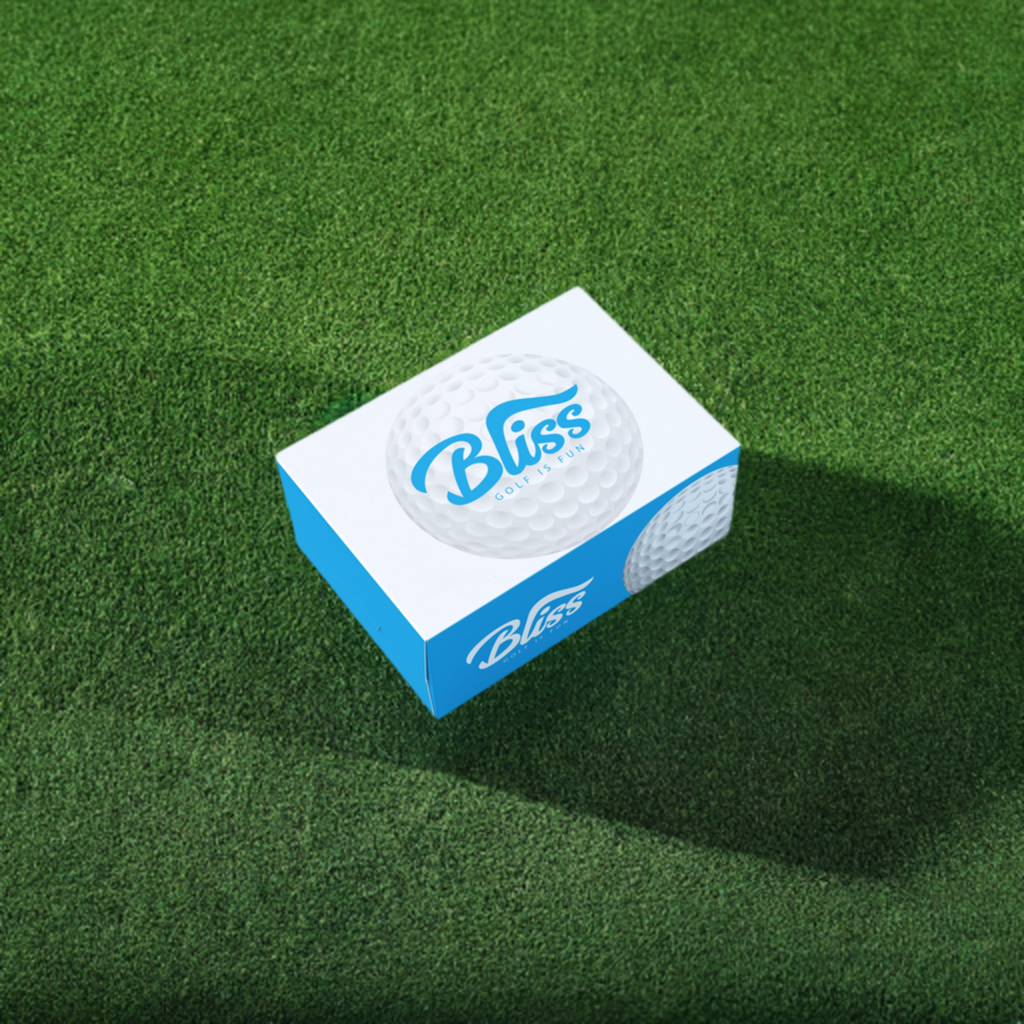

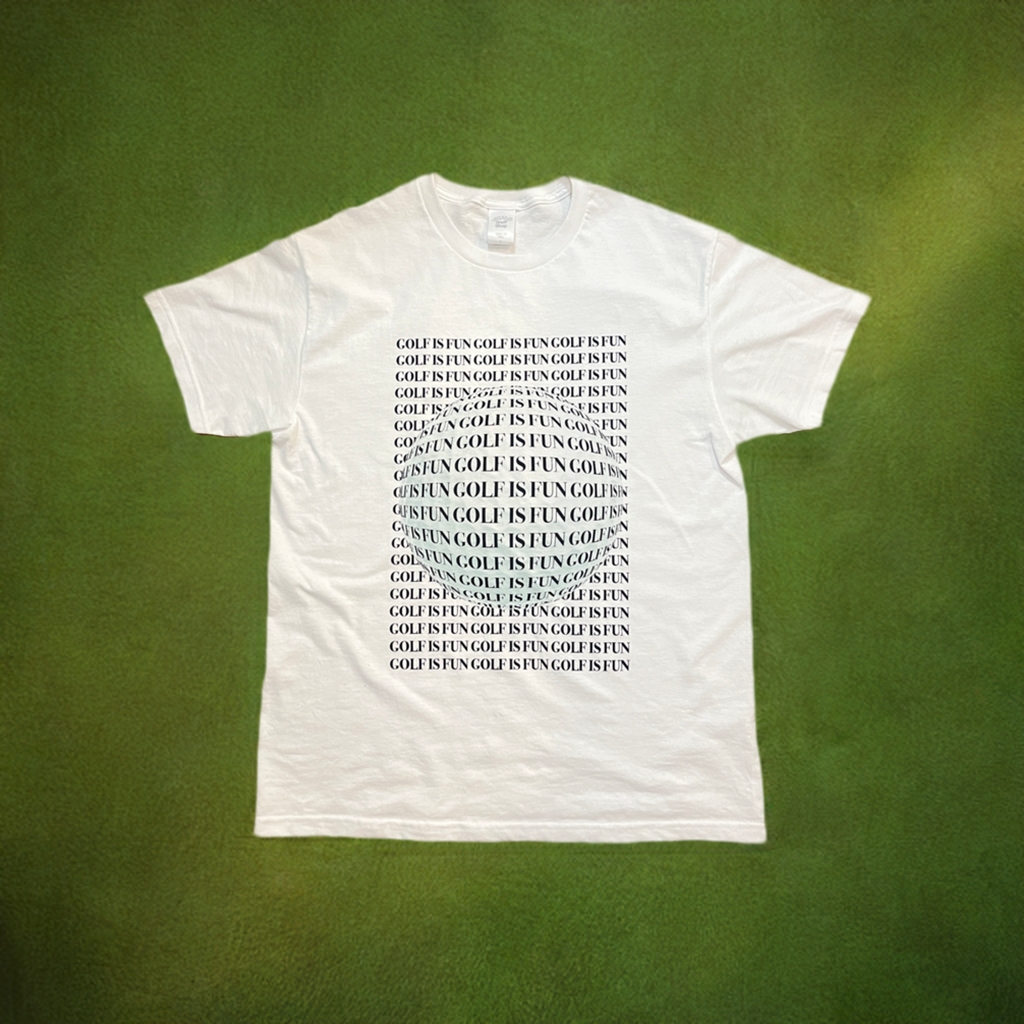
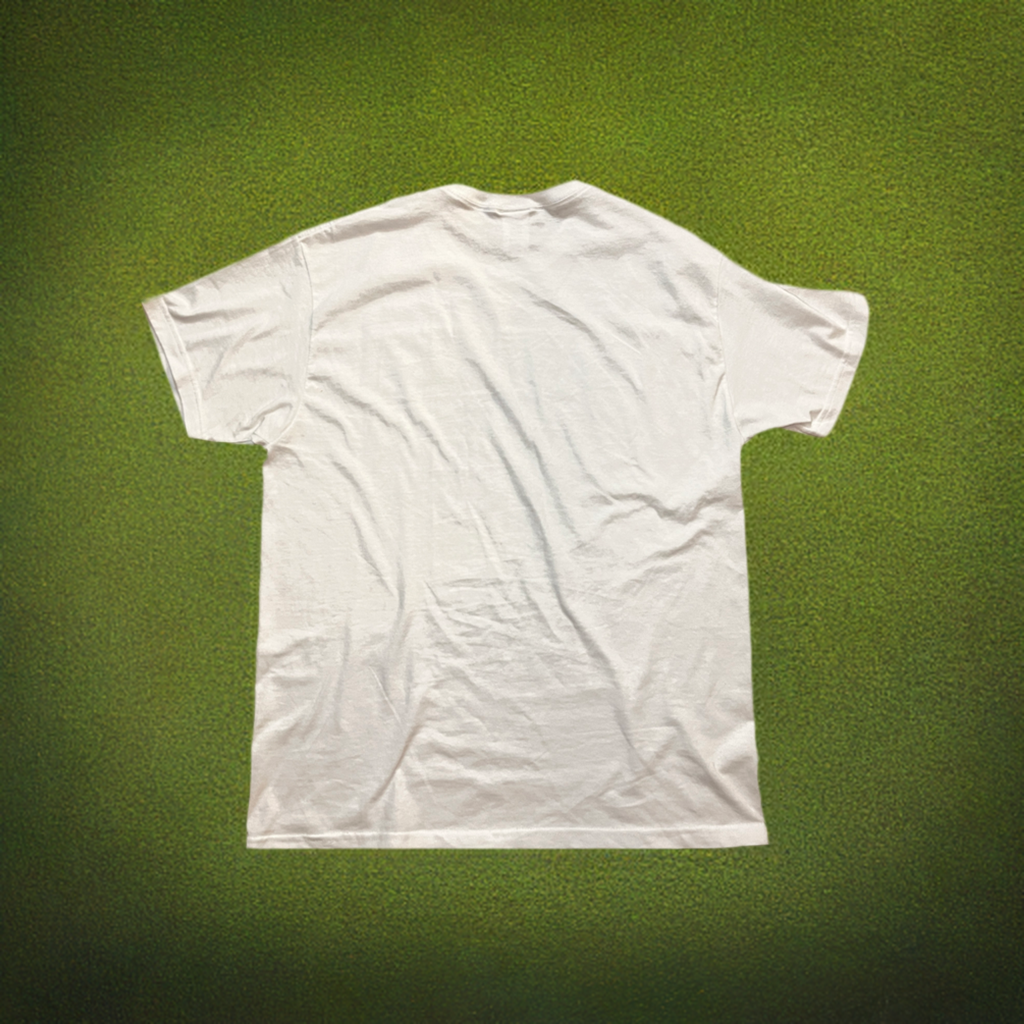

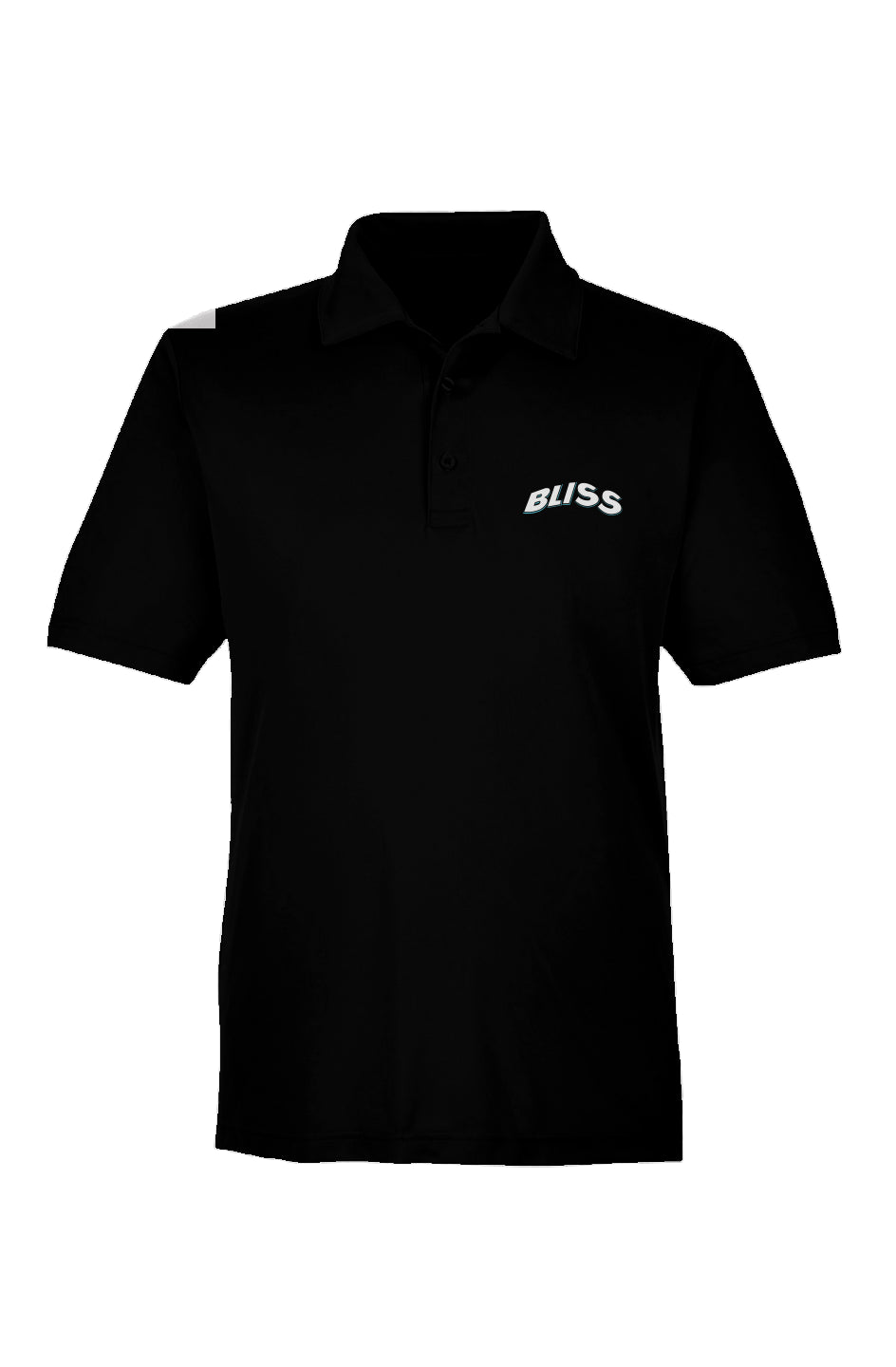

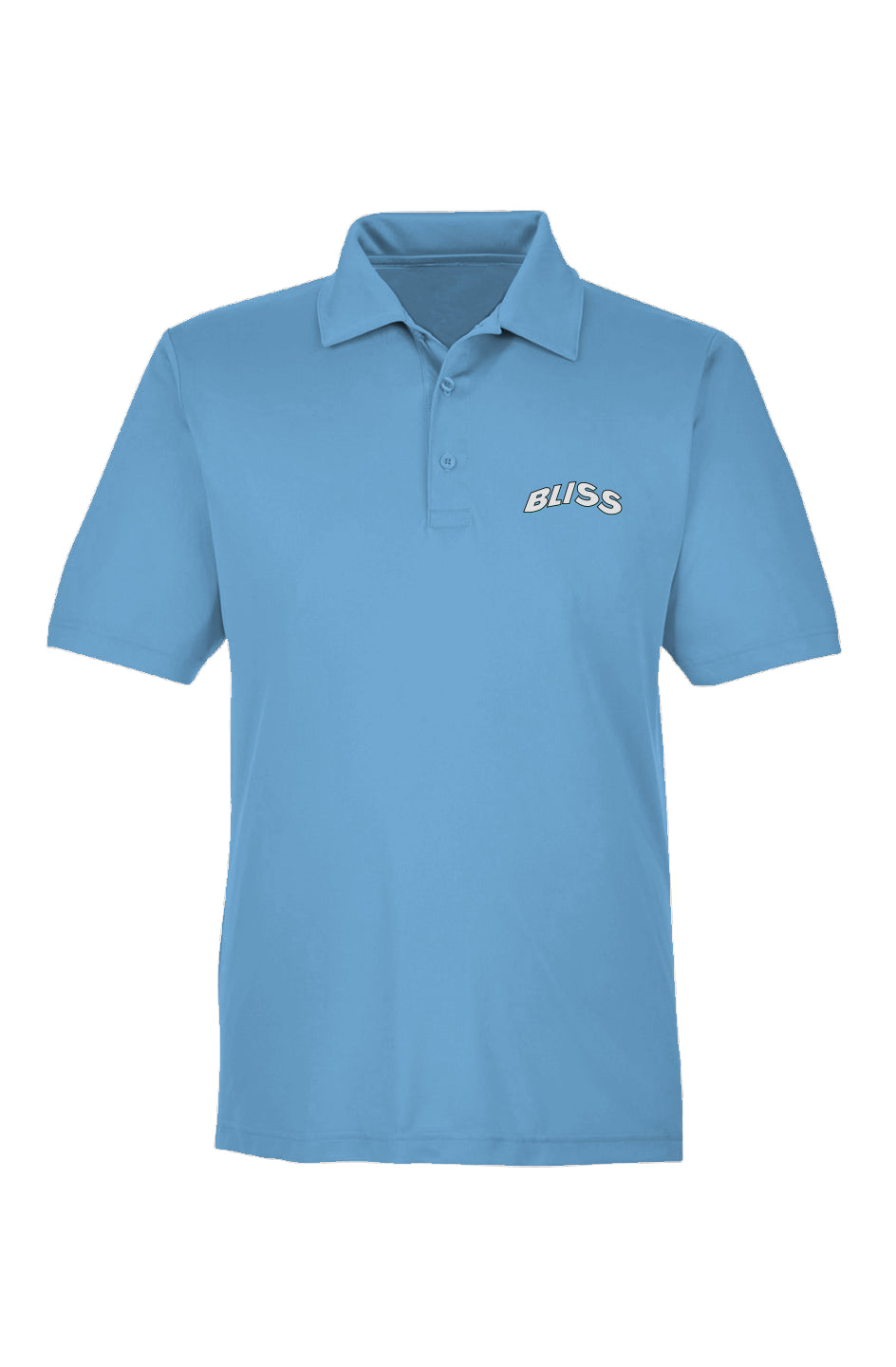
Leave a comment
This site is protected by hCaptcha and the hCaptcha Privacy Policy and Terms of Service apply.